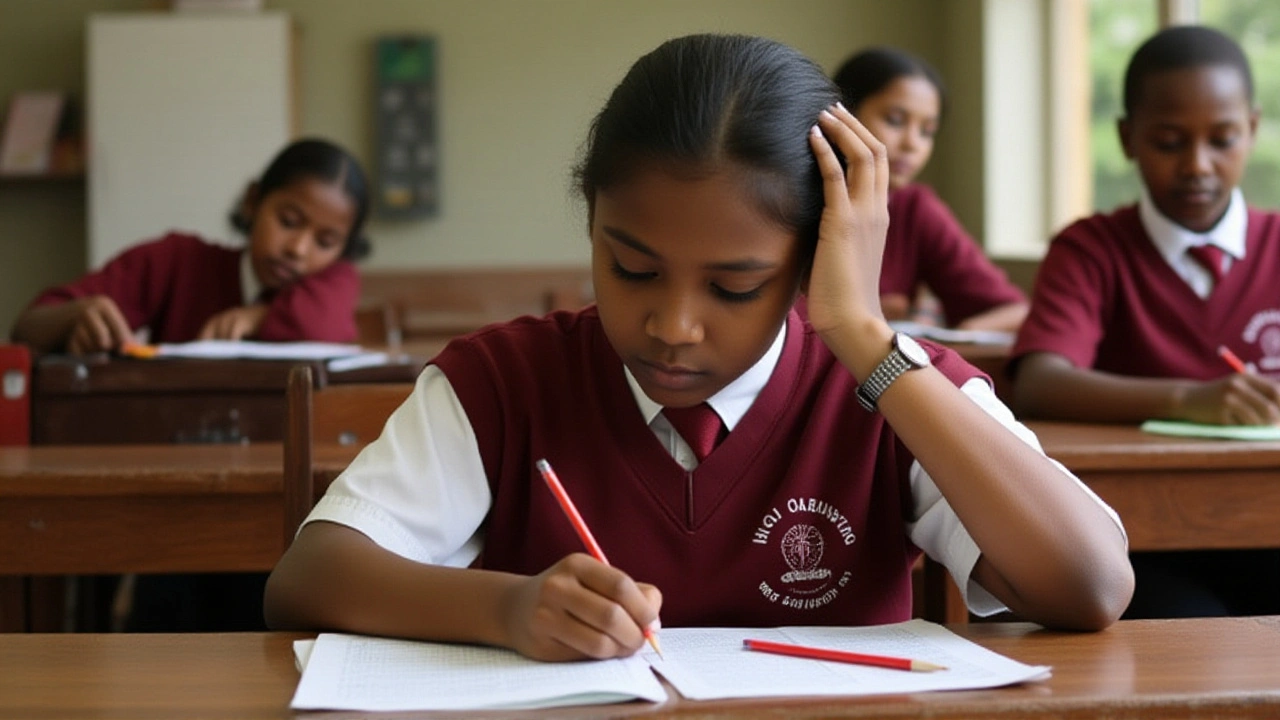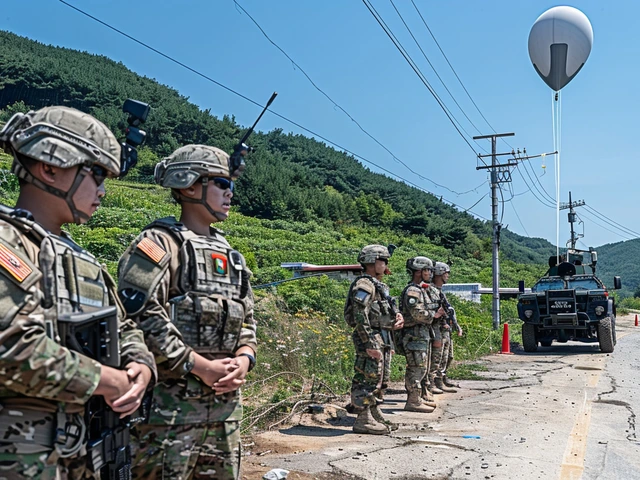Curriculum: What It Is and Why It Matters
When you hear the word Curriculum, a structured plan that outlines what students should learn, how they should learn it, and how progress is measured. Also known as Syllabus, it forms the backbone of any Education, the system that delivers knowledge and skills to learners of all ages. A well‑crafted curriculum connects directly to Learning outcomes, the specific abilities and knowledge students are expected to demonstrate after completing a course or program. It also relies on Assessment, the tools and methods used to gauge whether those outcomes have been met, and on Teaching methods, the strategies teachers employ to deliver content effectively. In short, a curriculum encompasses learning outcomes, requires assessment, and is influenced by teaching methods.
Why should you care about the curriculum? Think of it as the roadmap for any learning journey. Without a clear map, travelers end up lost, and students end up confused. A curriculum defines the scope (what topics are covered), the sequence (the order topics are introduced), and the depth (how deeply each topic is explored). It also sets standards, which are the minimum expectations that ensure consistency across schools and even countries. For example, South Africa’s national curriculum outlines key phases for math and language, while Kenya’s curriculum adds a focus on digital skills. These standards shape the Curriculum by telling educators which learning outcomes must be achieved and which assessment formats are acceptable. When teachers align their lesson plans with these standards, students receive a coherent experience that builds from one concept to the next.
Putting Curriculum into Practice
Putting a curriculum into action means choosing the right teaching methods and assessment tools for each learning outcome. A science module on renewable energy might pair hands‑on experiments (teaching method) with project‑based rubrics (assessment) to ensure students can explain how solar panels work. Similarly, an English class might use discussion circles (method) and reflective essays (assessment) to meet outcomes around critical thinking and written communication. The relationship is simple: Curriculum requires assessment to verify learning outcomes, and teaching methods shape how those outcomes are delivered. This loop creates a feedback cycle where assessment results inform future curriculum tweaks, keeping the content relevant and effective. Below you’ll find a curated selection of articles that dive deeper into how curricula shape education across Africa, showcase real‑world projects that tie learning to industry, and explore the latest trends in teaching and assessment. Whether you’re a teacher, a policy maker, or just curious about what happens behind the scenes of a classroom, these pieces will give you practical insight and fresh perspectives.
KNEC launched the 2025 Term‑Three SBAs for Kenyan primary and junior schools, setting a Oct 23 deadline for score uploads. The rollout marks a key step in the Competency‑Based Curriculum shift.
Recent-posts
May, 18 2024
Jul, 10 2024






